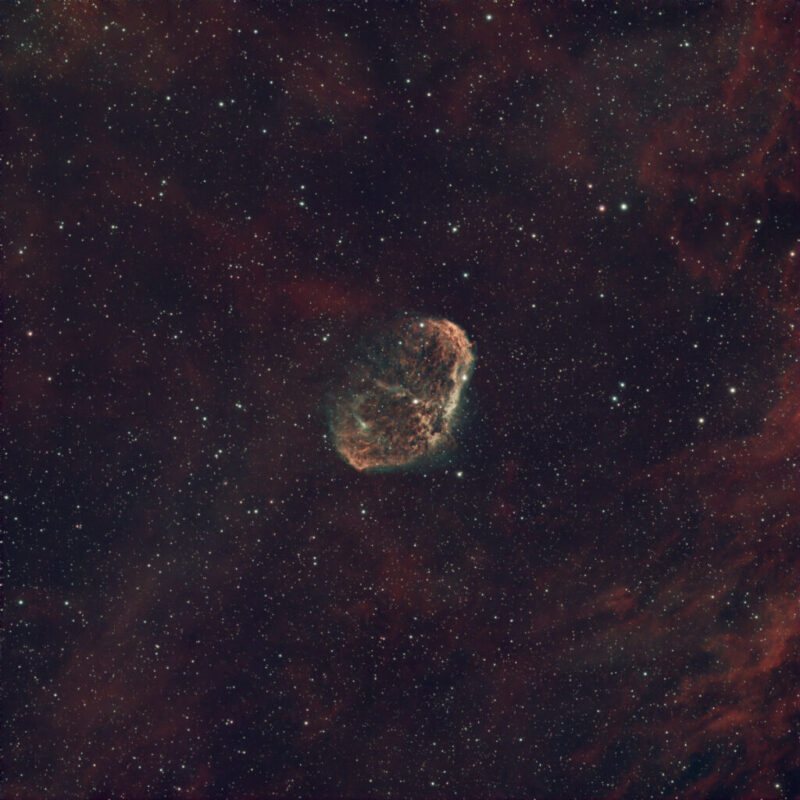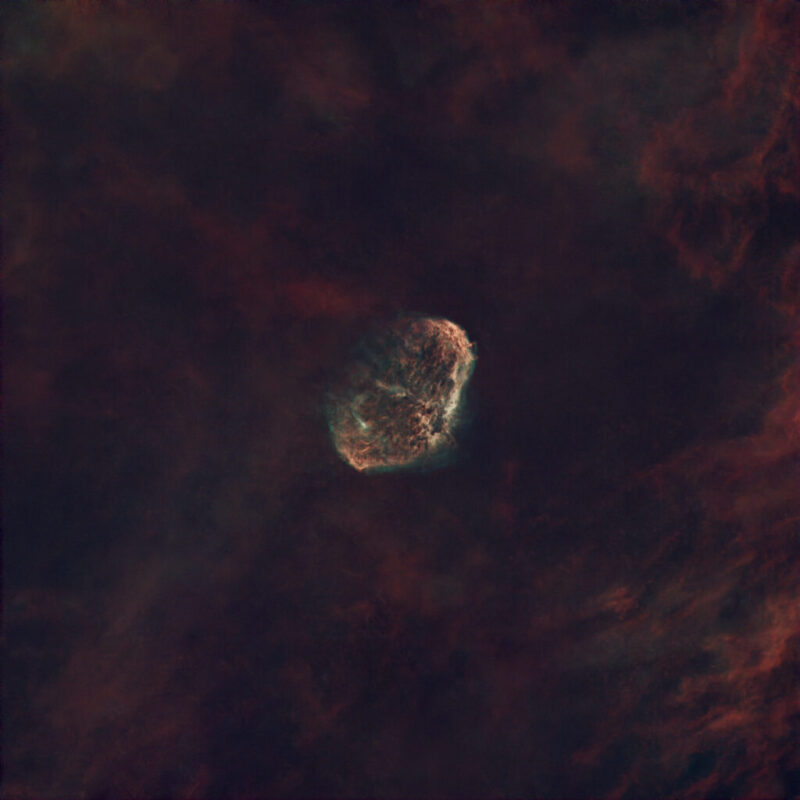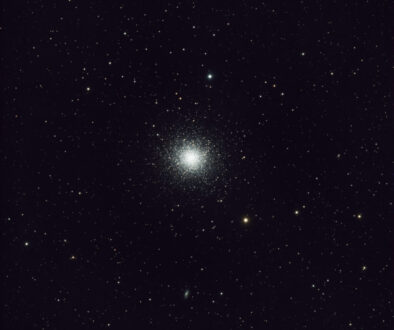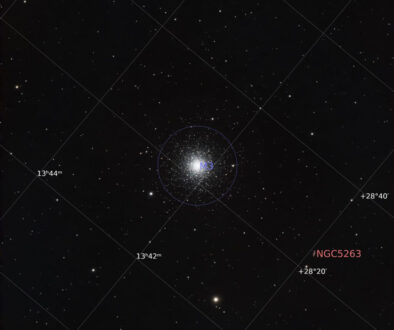Crescent Nebula, Zero Hassle: NINA Automation Goes Mobile
A few nights ago I spent a couple of hours capturing the Crescent Nebula (NGC 6888) from my backyard. Located in the constellation Cygnus and about 5,000 light years away, this beautiful emission nebula is shaped by the powerful winds from a Wolf-Rayet star interacting with its own previously ejected material. This collision creates a shell of gas and two shock waves, with one heating the wind to X-ray-emitting temperatures.
Acquisition process
The imaging session went incredibly smoothly thanks to my automated setup. This automation was possible with the acquiring imaging program (NINA), the Ground Station plugin (that sends notifications), a Mini PC (the MeLE Quieter 4C) and a touch interface plugin for NINA called Touch-N-Stars, that make it possible to control the entire imaging setup (camera, filter wheel, focuser, guider) from a smartphone (no Remote Desktop needed)!
… I even managed to get some sleep while the equipment was collecting data!
What I did
I created an Advance Sequencer with NINA, set up Pushover notifications on my phone to let me know when the imaging session was complete. I ran an autofocus routine, did a polar alignment, cooled the camera, selected the imaging target for the night (the Crescent Nebula), started guiding and took 40 exposures – directly from my smartphone.
Once I received the notification that the imaging session was done, I got up, took flat frames, sent the telescope back to its home position, and packed up for the night.
Equipment Used
- Telescope: ES ED80CF
- Mount: Juwei17 harmonic wave mount
- Camera: ZWO ASI533MC Pro
- Filter: Optolong L-eXtreme
- Guiding Scope: Orion Mini 50mm
- Guiding Camera: ZWO ASI224MC
- Guiding Software: PHD2
- Acquisition Software: NINA (running on a MeLE Mini PC Quieter 4C)
- Total Acquisition Time: 2 hours (40×180 seconds)
- Processing Software: PixInsight, GIMP
Takeaways
It was incredibly satisfying to have everything running smoothly and completely automated throughout the session. The guiding was spot-on, the equipment performed flawlessly, and the resulting images exceeded my expectations. Of course, achieving this level of automation requires a lot of careful planning, initial setup and some frustration along the way.
But once everything is dialed in, you can repeat the process night after night, making each session much faster and more enjoyable. Nights like this, when technology and automation work together seamlessly, make astrophotography an absolute joy.




